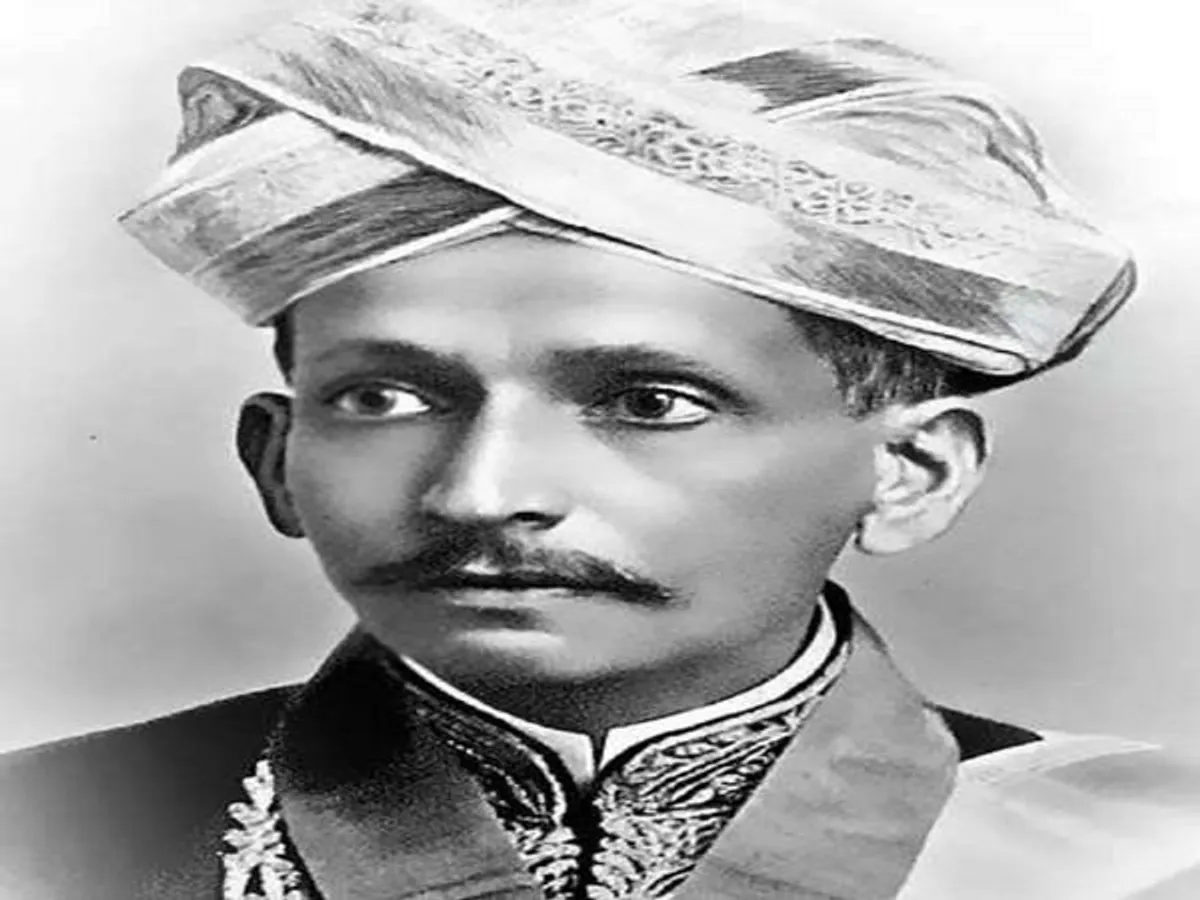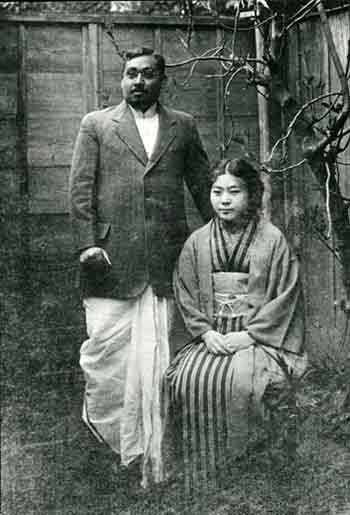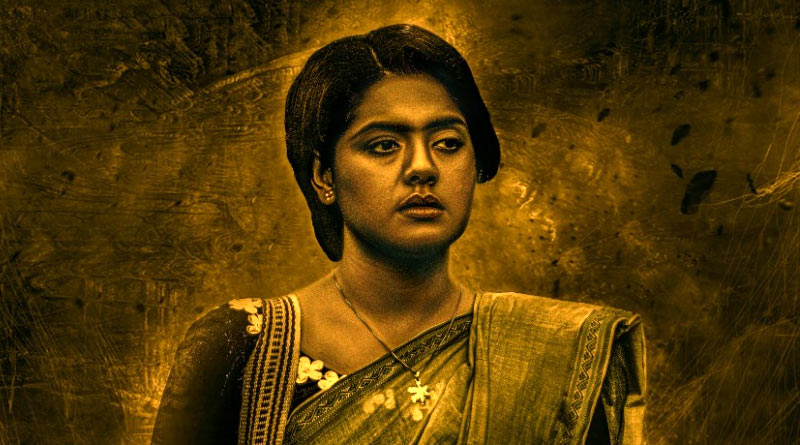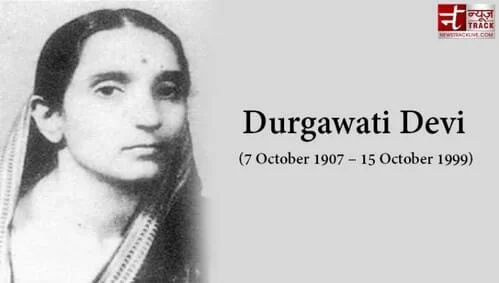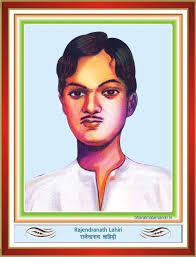Sir Mokshagundam Visvesvaraya, popularly known as Sir MV, stands as an iconic figure in the history of India, revered for his remarkable contributions to engineering, innovation, and nation-building. Born on September 15, 1861, in Muddenahalli, Karnataka, Sir MV’s journey from humble beginnings to becoming one of the foremost engineers and statesmen of his time is a testament to his brilliance, perseverance, and dedication to public service. In this comprehensive exploration, we delve into the life, works, and enduring legacy of this visionary leader.
Early Life and Education
Mokshagundam Visvesvaraya was born into a Telugu-speaking Brahmin family in the erstwhile princely state of Mysore (now Karnataka). From an early age, he displayed an exceptional aptitude for mathematics and science. His academic journey commenced at the Central College in Bangalore, where he pursued a Bachelor of Arts degree. Subsequently, he enrolled at the College of Engineering, Pune (then Poona), to study civil engineering, laying the foundation for his illustrious career in engineering.
Engineering Excellence and Innovation
Sir MV’s professional career was marked by a series of pioneering achievements and groundbreaking innovations. His expertise in engineering and his penchant for innovation earned him recognition and accolades both in India and abroad. Some of his notable contributions include:
- Irrigation Projects: Sir MV played a pivotal role in the design and implementation of irrigation projects, including the construction of dams, reservoirs, and canals. His meticulous planning and engineering acumen contributed to the effective management of water resources, enhancing agricultural productivity and rural development.
- Hydroelectric Power: Recognizing the potential of hydroelectric power in meeting India’s energy needs, Sir MV championed the development of hydroelectric projects. He was instrumental in the establishment of the Bhandardara hydroelectric power plant in Maharashtra, laying the groundwork for India’s foray into hydroelectricity generation.
- Flood Control Measures: Sir MV’s innovative flood control measures, such as the design of automatic sluice gates and drainage systems, helped mitigate the impact of floods in several regions of India. His engineering solutions demonstrated a deep understanding of hydraulic principles and their practical applications in flood management.
- Urban Planning and Infrastructure: As the Dewan of Mysore (Chief Minister), Sir MV played a key role in the modernization and development of infrastructure in the princely state. He spearheaded initiatives to improve road networks, construct bridges, and upgrade public utilities, laying the groundwork for urban development and economic growth.
Contributions to Education and Institution Building
Sir MV’s commitment to education and institution building was instrumental in nurturing a generation of engineers and technocrats in India. He played a pivotal role in the establishment of several educational institutions and professional bodies, including:
- University Visvesvaraya College of Engineering (UVCE): Sir MV was instrumental in the establishment of UVCE, one of the oldest engineering colleges in India, located in Bangalore. The college was founded with the aim of providing quality education in engineering and nurturing future leaders in the field.
- Indian Institute of Science (IISc): Sir MV played a key role in the establishment of IISc, a premier research institution in Bangalore. His vision for IISc was to create a center of excellence in science and technology that would contribute to India’s industrial and technological advancement.
- The Institution of Engineers (India): Sir MV was one of the founding members of The Institution of Engineers (India), a professional body dedicated to promoting engineering education and research in India. He served as its President in 1932 and made significant contributions to its growth and development.
Honors, Awards, and Recognition
Sir M. Visvesvaraya’s exemplary contributions to engineering, innovation, and public service earned him numerous honors, awards, and accolades, both in India and internationally. Some of the notable recognitions bestowed upon him include:
- Bharat Ratna: In 1955, Sir MV was conferred with the Bharat Ratna, India’s highest civilian award, in recognition of his outstanding contributions to engineering and nation-building.
- Knight Commander of the British Indian Empire (KCIE): Sir MV was knighted by the British government in 1915 for his contributions to engineering and public service during his tenure as the Dewan of Mysore.
- Fellow of the Royal Society (FRS): Sir MV was elected as a Fellow of the Royal Society, London, in 1920, in recognition of his significant contributions to engineering and scientific research.
Legacy and Enduring Impact
Sir M. Visvesvaraya’s legacy continues to inspire generations of engineers, technocrats, and leaders in India and around the world. His vision, leadership, and commitment to excellence set a benchmark for engineering professionalism and public service. Sir MV’s legacy is commemorated through various initiatives, including:
- Visvesvaraya Technological University (VTU): VTU, established in 1998 in Karnataka, is named in honor of Sir M. Visvesvaraya. The university aims to provide quality education in engineering and technology and promote research and innovation in various disciplines.
- Engineer’s Day: In India, Engineer’s Day is celebrated on September 15th, Sir MV’s birthday, to commemorate his contributions to engineering and honor the contributions of engineers to society.
Conclusion
In conclusion, Sir Mokshagundam Visvesvaraya’s life and works exemplify the highest ideals of engineering excellence, innovation, and public service. His pioneering contributions to irrigation, hydroelectric power, flood control, urban planning, education, and institution building continue to impact the lives of millions of people in India. Sir MV’s legacy serves as a source of inspiration for future generations, reminding us of the transformative power of engineering and the importance of dedicated service to society. As we celebrate his achievements and commemorate his legacy, we pay tribute to a visionary leader whose brilliance and dedication shaped the course of Indian engineering and nation-building.

